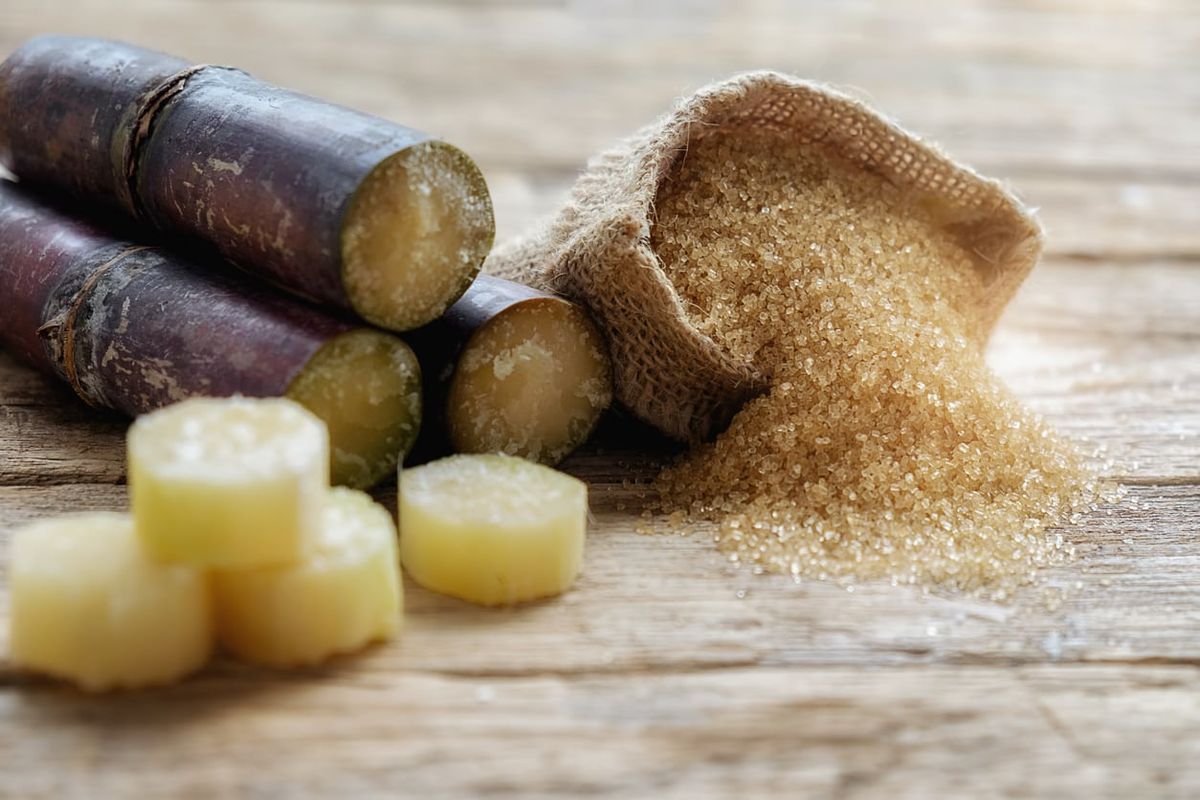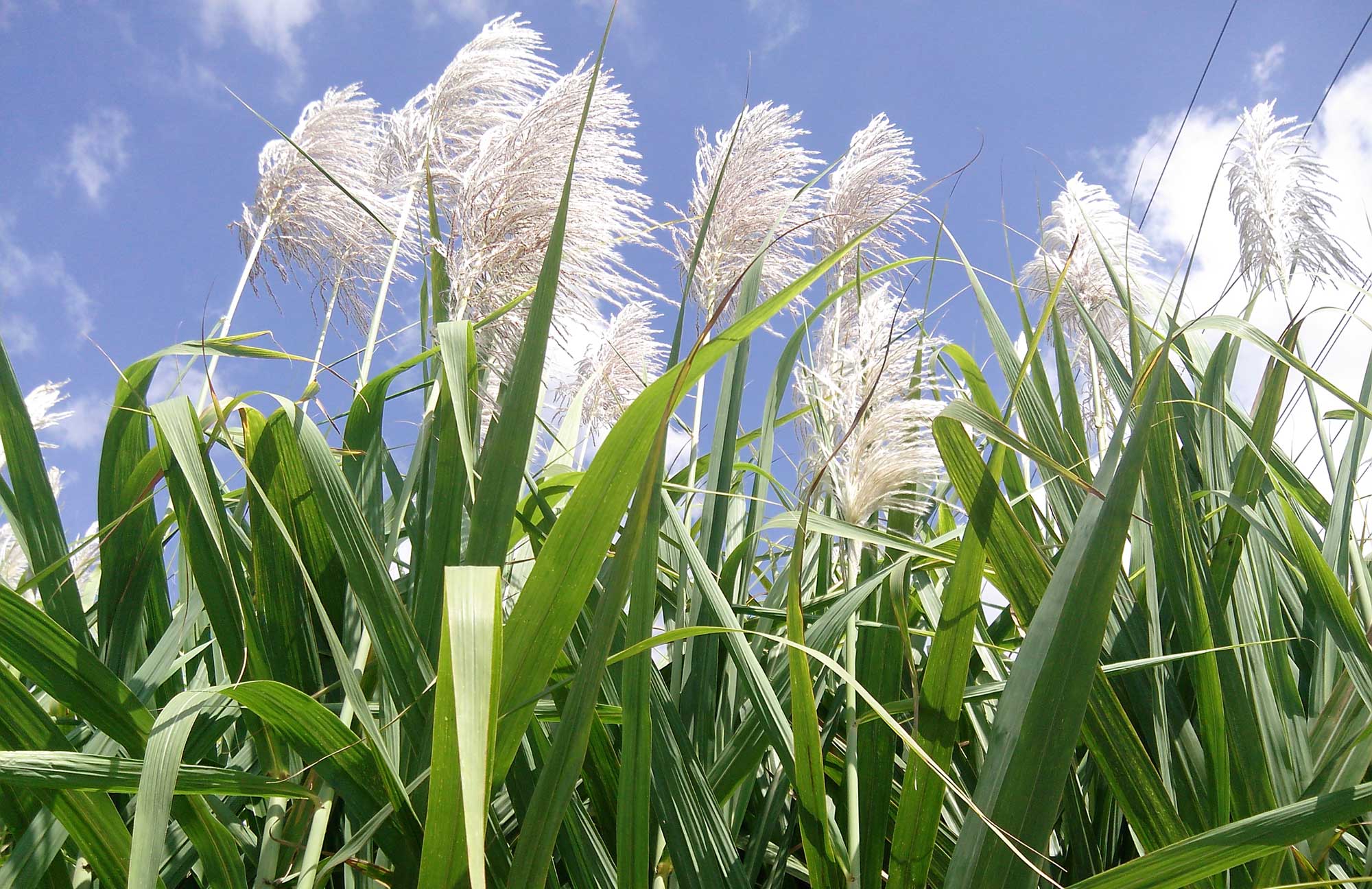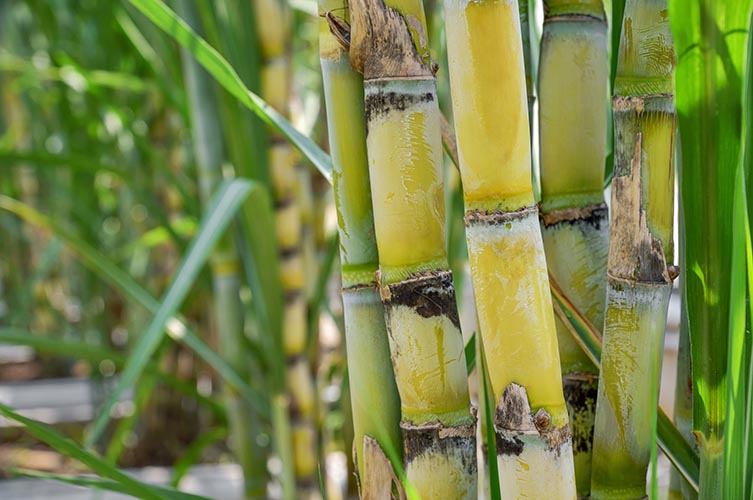Everything About Sugar Canes: What Are Sugar Canes Made Use Of For and Their Duty in Global Farming?
Sugar walking canes serve as a cornerstone of international farming, mostly acknowledged for their role in sugar production. They also add to the production of by-products like molasses and ethanol. These aspects not only sustain numerous sectors yet also effect economic security in country regions. The cultivation of sugar walking sticks encounters significant ecological challenges. Comprehending their complex role triggers more expedition into their farming techniques and sustainability efforts.
The Agricultural Refine of Sugar Cane Growing
Although sugar walking cane cultivation may differ by area, the fundamental agricultural procedure continues to be consistent. The initial step entails picking high-yielding selections ideal for neighborhood environments. Preparation of the soil is vital, usually requiring tillage and the addition of plant foods to boost fertility. Growing commonly occurs during the rainy period, with farmers using either whole stalks or cuttings to develop new crops.As the plants grow, they call for attentive care, consisting of weed control, parasite administration, and watering, depending upon the environmental conditions. Farmers keep an eye on the sugar cane's growth cycle, which generally covers 10 to 24 months, prior to harvesting. Gathering is labor-intensive, usually conducted by hand or with specialized equipment, ensuring minimal damages to the stalks. Following harvest, the walking cane is transported to processing centers. This thorough farming procedure not just sustains neighborhood economies yet additionally plays a substantial function in worldwide agricultural techniques, contributing to food and energy products.
Sugar Manufacturing: From Walking Stick to Crystal
The journey of sugar production starts the moment fresh gathered sugar walking stick arrives at refining centers. The very first step includes cutting the walking stick and washing to prepare it for removal. Using high-pressure rollers, the juice is extracted from the crushed cane, resulting in a wonderful fluid called sugarcane juice. This juice undertakes information, where pollutants are gotten rid of via the addition of lime and heat.Next, the clarified juice is focused by boiling it down to develop a thick syrup. This syrup is then taken shape by cooling, enabling sugar crystals to create. The crystallized sugar is divided from the staying syrup, referred to as molasses, through centrifugation.Finally, the sugar crystals are cleaned and dried, causing the familiar granulated sugar (What Are Sugar Canes Used For). This procedure changes raw sugar cane right into a product that is essential to numerous culinary and commercial applications, highlighting the importance of sugar in worldwide farming
Biofuels and Sugar Canes: A Sustainable Future
As the world increasingly seeks lasting power services, sugar walking canes have actually arised as an appealing resource for biofuels. The biomass originated from sugar walking sticks can be exchanged ethanol, a renewable gas option that noticeably minimizes greenhouse gas discharges compared to nonrenewable fuel sources. This procedure not only gives a cleaner energy resource yet additionally advertises energy freedom for lots of countries.In addition, sugar cane cultivation supports country economies by creating work in both farming and biofuel production markets. Making use of sugar canes for biofuel production likewise encourages agricultural diversification, which can improve soil health and wellness and lower dependence on single crops. The byproducts of sugar walking cane handling can be made use of for power generation, in addition adding to a lasting power cycle. As nations undertaking to fulfill renewable power targets, sugar walking canes are poised to play a necessary function fit an extra lasting future in the biofuel landscape.

The Function of Sugar Canes in Beverage Manufacturing
Sugar walking sticks play a considerable function in beverage manufacturing, working as a main component in rum and adding to the sweetness of many sodas. In addition, their all-natural juices are used in various drinks, enhancing flavor and appeal. This convenience highlights the significance of sugar canes in the international drink market.
Sugar Walking Cane in Rum
Rum manufacturing is elaborately linked to the farming of sugar walking stick, a vital crop that gives the essential fermentable sugars required for fermentation. This procedure begins with the removal of juice from harvested sugar walking sticks, which is after that either fermented straight or processed into molasses. Yeast is included to convert the sugars into alcohol, leading to a diverse series of rum designs, from light to dark varieties. The geographical region where the sugar walking stick is grown substantially influences the taste account of the rum, with variables such as soil kind and climate having fun essential functions. Countries like Barbados, Jamaica, and Cuba are renowned for their rum production, mirroring the social and historic relevance of sugar cane within the worldwide drink industry.
Soft Drinks Sweetener Resource

All-natural Juice Production Utilizes
Along with its substantial duty in soda manufacturing, sugar walking stick is likewise critical in the natural juice sector. The juice removed from sugar walking cane, called walking stick juice, is celebrated for its natural sweetness and unique taste account. This juice is typically consumed fresh in different regions, particularly in tropical nations, where it is appreciated as a revitalizing drink. In addition, walking stick juice offers as a base ingredient in a series of natural fruit juices and smoothie mixes, improving both taste and nutritional worth. Its natural properties make it an eye-catching option to sweetening agents, appealing to health-conscious customers. In general, sugar cane's flexibility in juice production highlights its significance in modern-day drink offerings worldwide.
Advancements in Sugar Walking Stick Byproducts
Innovations in sugar cane results are leading the way for sustainable solutions in different sectors. Biofuels originated from sugar walking cane provide an alternative power source, while improvements in lasting packaging are lowering reliance on typical materials. These developments highlight the adaptability and potential of sugar walking stick past its key use in beverage manufacturing.
Biofuels From Sugar Cane
How can the byproducts of sugar cane add to sustainable energy remedies? The conversion of sugar walking cane right into biofuels presents an appealing avenue for sustainable power. By making use of the fibrous residue, called bagasse, manufacturers can create bioethanol via fermentation processes. This bioethanol can work as a lasting choice to fossil gas, reducing greenhouse gas emissions and reliance on non-renewable resources. Furthermore, molasses, one more by-product, can be fermented to generate biofuels, maximizing resource efficiency. The energy generated from sugar cane not only provides a cleaner fuel resource yet additionally boosts the overall economic practicality of sugar production. By integrating biofuel production into their procedures, sugar walking stick markets can play a crucial duty ahead of time lasting energy services worldwide.
Sustainable Product Packaging Solutions
Lasting packaging services are increasingly being developed from sugar walking cane click site by-products, showcasing the convenience of this agricultural staple. Advancements such as eco-friendly plastics derived from bagasse, the coarse deposit left after juice removal, are getting grip. These materials supply you can try these out an eco-friendly alternative to conventional plastics, reducing dependence on fossil fuels and lowering carbon footprints. Additionally, sugar cane-based product packaging is compostable, damaging down naturally without harming the setting. Companies are now checking out these options to align with customer demand for sustainability. As understanding of plastic contamination expands, the adoption of sugar cane-derived packaging is anticipated to rise, placing sugar canes as a principal in the shift to greener product packaging services in various markets.
Economic Impact of Sugar Walking Cane Farming

Although sugar walking stick farming has deep origins in several economic climates, its economic effect expands far past farming production. This crop acts as a considerable income source for numerous farmers worldwide, especially in establishing countries where farming is a main source of income. Sugar cane adds to local economic situations through work creation in harvesting, farming, and handling. The sector also promotes growth in related sectors such as transportation, devices manufacturing, and food processing.Furthermore, sugar walking cane is a principal in international trade, influencing global markets and prices. Nations that generate sugar walking stick frequently depend on exports to enhance their economic stability. The spin-offs of sugar walking stick, such as ethanol and molasses, branch out profits streams for farmers and add value to the farming market. Overall, the economic ramifications of sugar walking cane farming are extensive, influencing not only farmers but also entire areas and national economies.
Ecological Considerations in Sugar Walking Cane Growing
While sugar walking stick farming plays a necessary role in lots of economies, it likewise elevates substantial environmental worries that can not be neglected. The extensive use fertilizers and chemicals in sugar cane cultivation often leads to dirt destruction and water contamination. Drainage from these chemicals can pollute nearby water bodies, harming aquatic ecosystems. In addition, the monoculture techniques prevalent in sugar walking stick farming reduce biodiversity, making environments more susceptible to parasites and diseases.Deforestation is another vital concern, as land is frequently gotten rid of to give way for sugar vineyards, leading to environment loss for wildlife and boosted carbon emissions. The high water usage needed for sugar walking cane irrigation can strain regional water resources, especially in dry areas. As global need for sugar proceeds to rise, addressing these environmental challenges ends up being necessary to guarantee lasting techniques in sugar walking stick cultivation.
Frequently Asked Questions
What Are the Nutritional Advantages of Sugar Walking Cane?
The nutritional benefits of sugar walking cane mostly include its high carb material, providing power. Furthermore, it consists of vitamins, minerals, and anti-oxidants that may support total health, though moderation is important due to its sugar web content.
How Does Sugar Walking Cane Affect Local Ecosystems?
Sugar walking cane farming can greatly affect regional environments by changing land usage, affecting biodiversity, and requiring significant water resources. Furthermore, it may bring about dirt degradation and pesticide runoff, disrupting surrounding environments and wild animals populations.
What Is the Background of Sugar Walking Cane Cultivation?

Exist Alternatives to Sugar Cane for Sugar Production?
Alternatives to sugar walking stick for sugar manufacturing consist of sugar beetroots, corn, and numerous tropical plants like sorghum and agave (What Are Sugar Canes Used For). These plants provide diverse resources of sweetness, each with distinct cultivation demands and environmental effects
How Do Climate Patterns Influence Sugar Cane Returns?
Climate patterns significantly influence sugar walking cane yields through temperature level variations, rains quantities, and seasonal cycles. Dry spell or excessive rainfall can impede growth, while perfect problems boost photosynthesis, eventually affecting the amount and top quality of the harvest. The journey of sugar manufacturing starts the moment newly harvested sugar cane shows up at refining facilities. The taken shape sugar is divided from the staying syrup, understood as molasses, via centrifugation.Finally, the sugar crystals additional info are cleaned and dried out, resulting in the familiar granulated sugar. Rum production is elaborately linked to the cultivation of sugar cane, a vital plant that offers the essential fermentable sugars required for fermentation. In addition, the monoculture practices widespread in sugar cane farming minimize biodiversity, making communities more prone to insects and diseases.Deforestation is another important problem, as land is frequently cleared to make means for sugar vineyards, leading to environment loss for wild animals and enhanced carbon emissions. Alternatives to sugar walking cane for sugar manufacturing consist of sugar beetroots, corn, and numerous exotic plants like sorghum and agave.